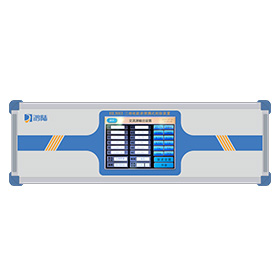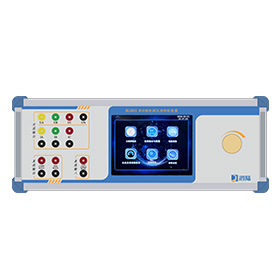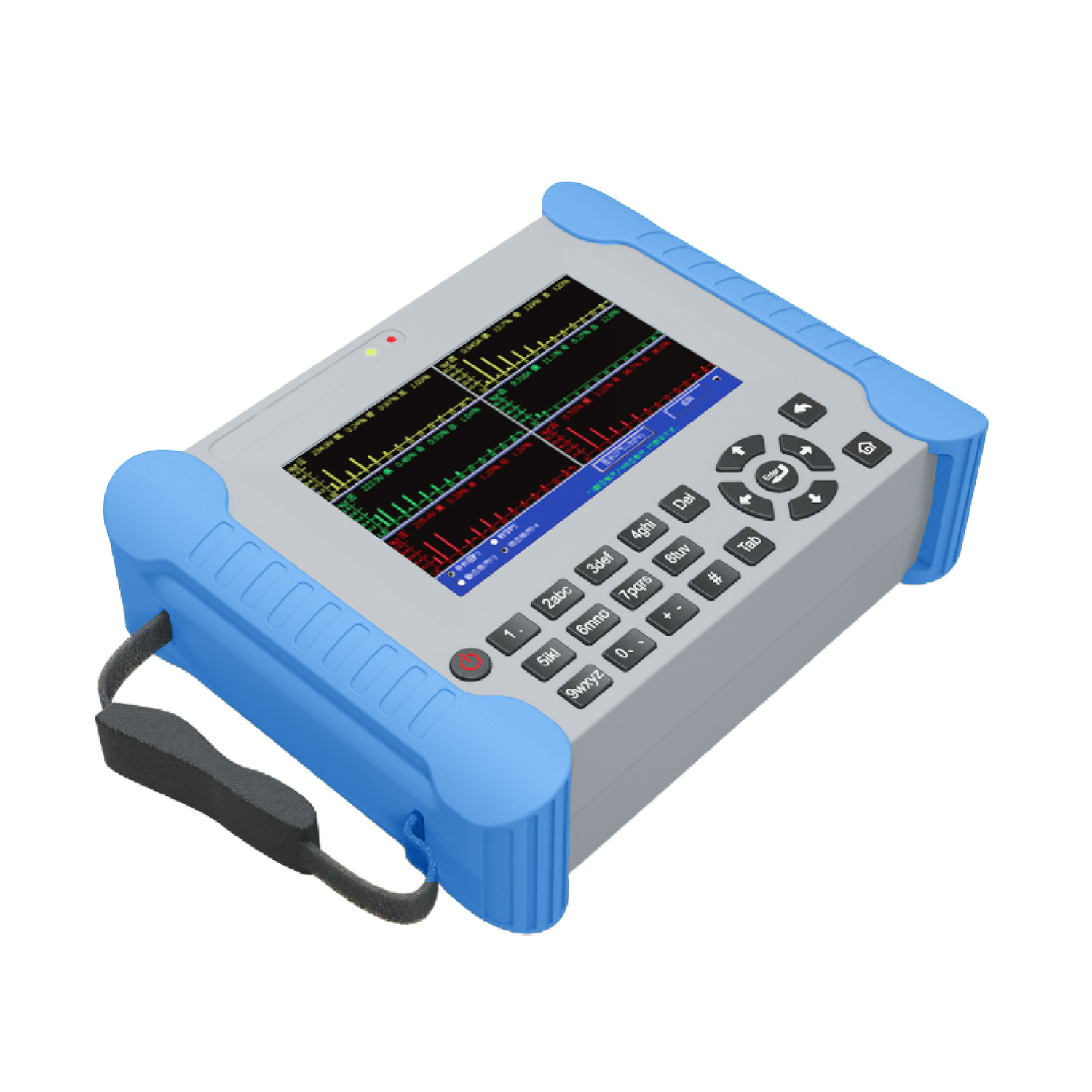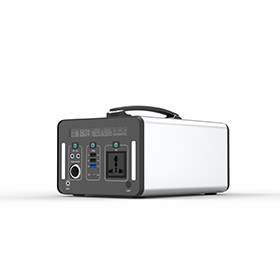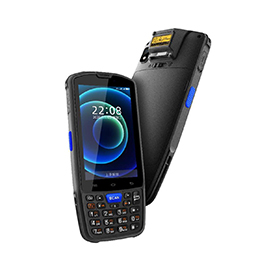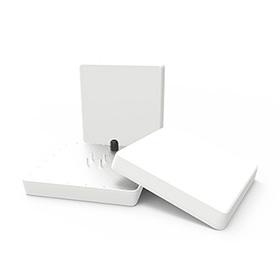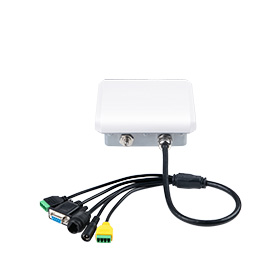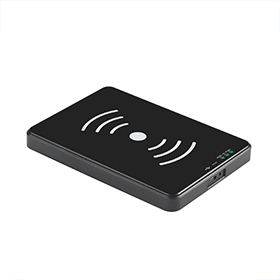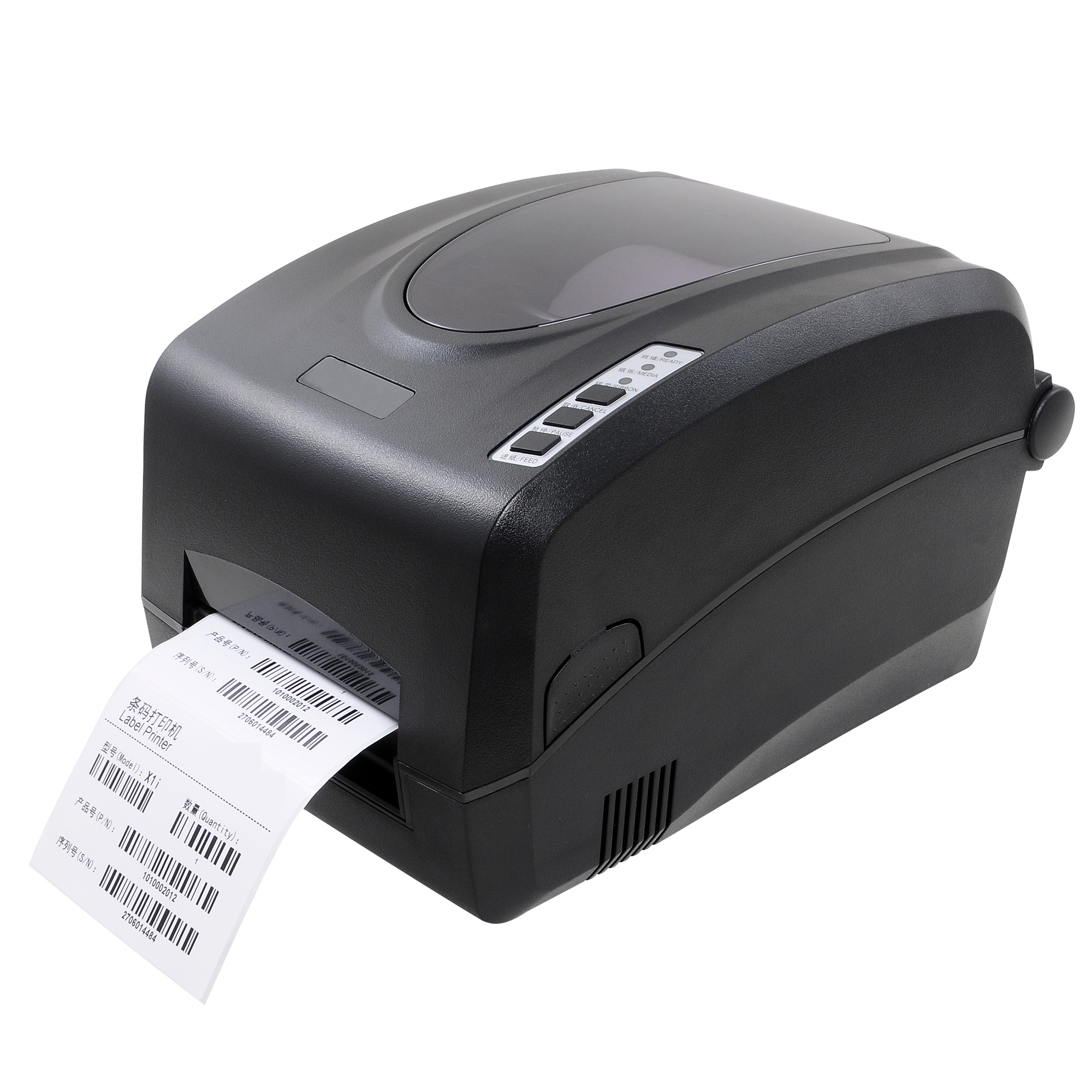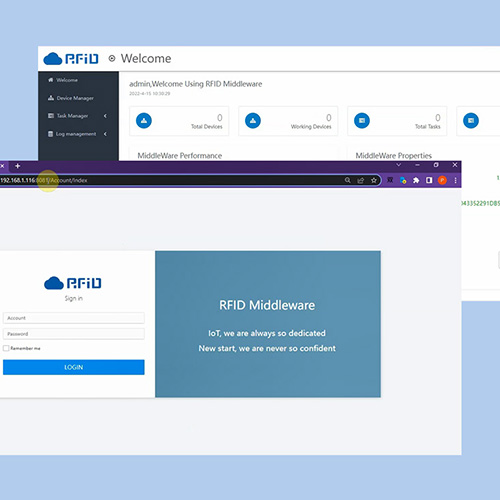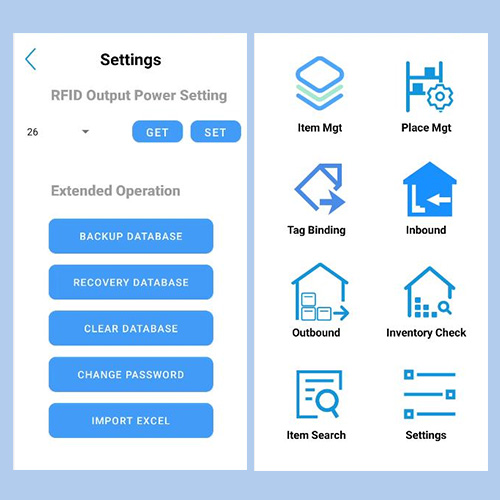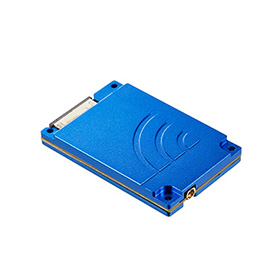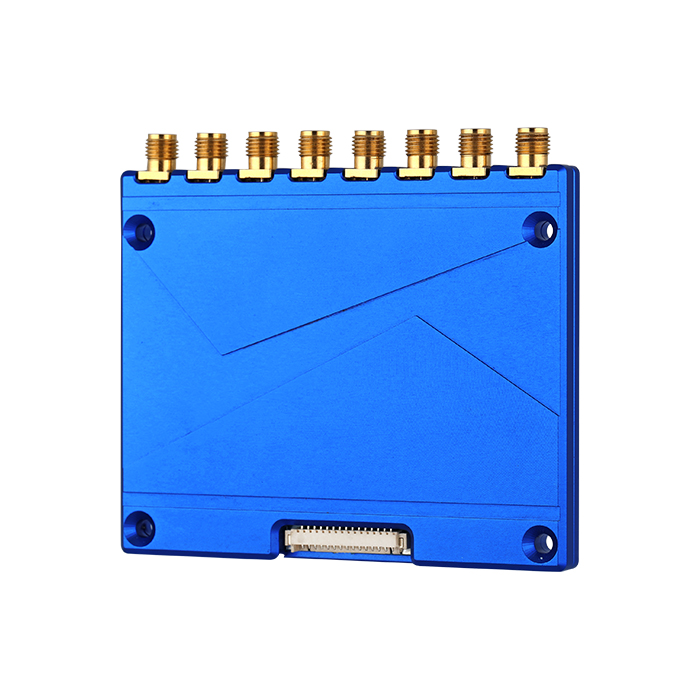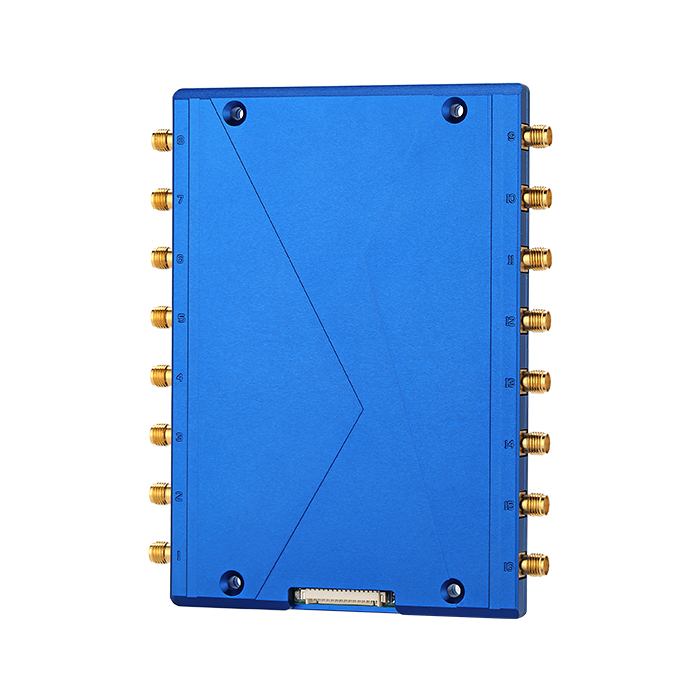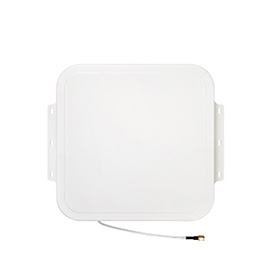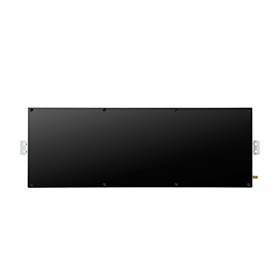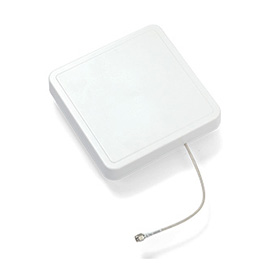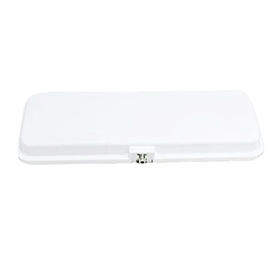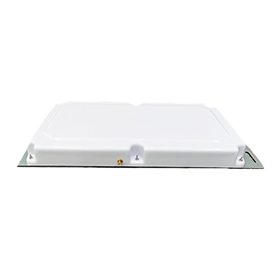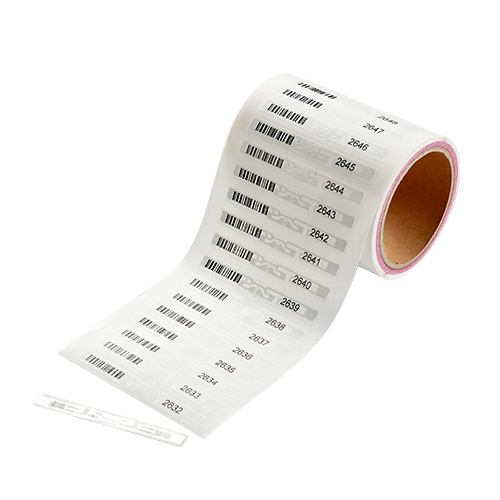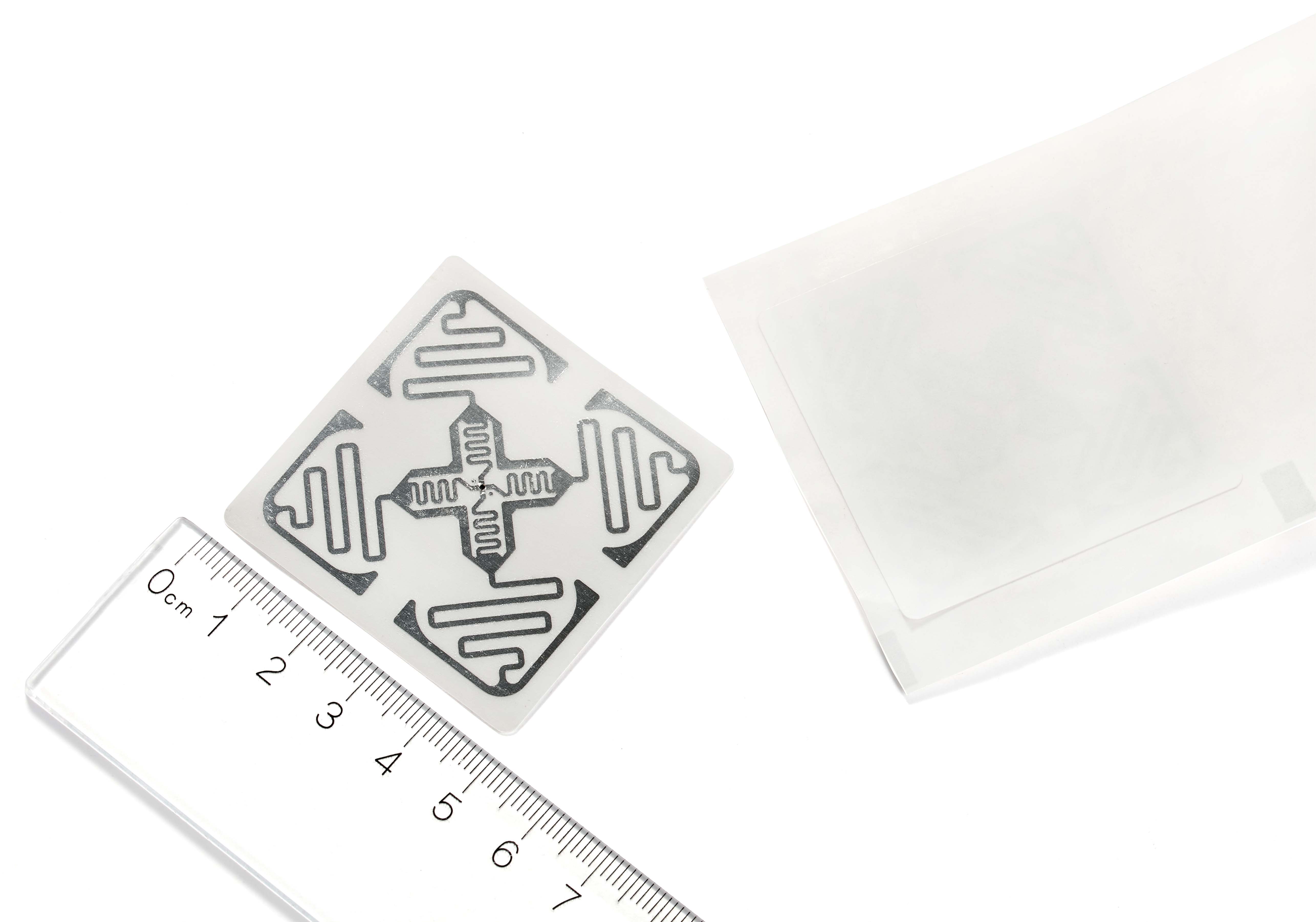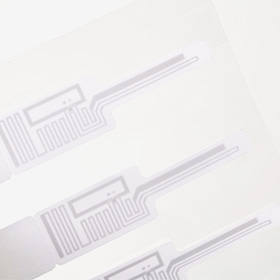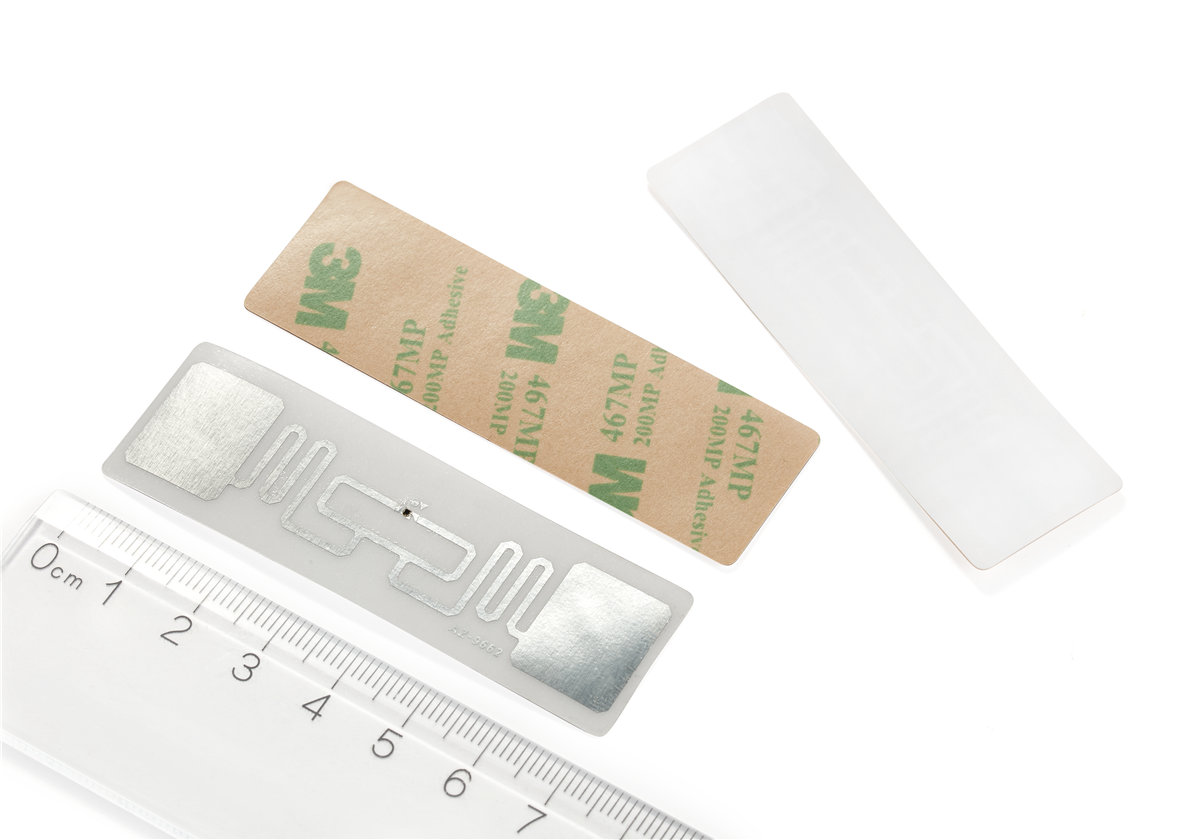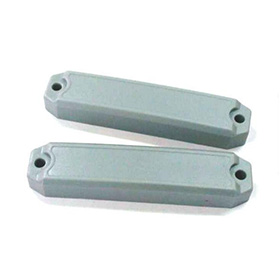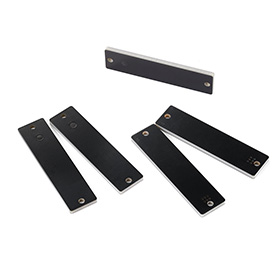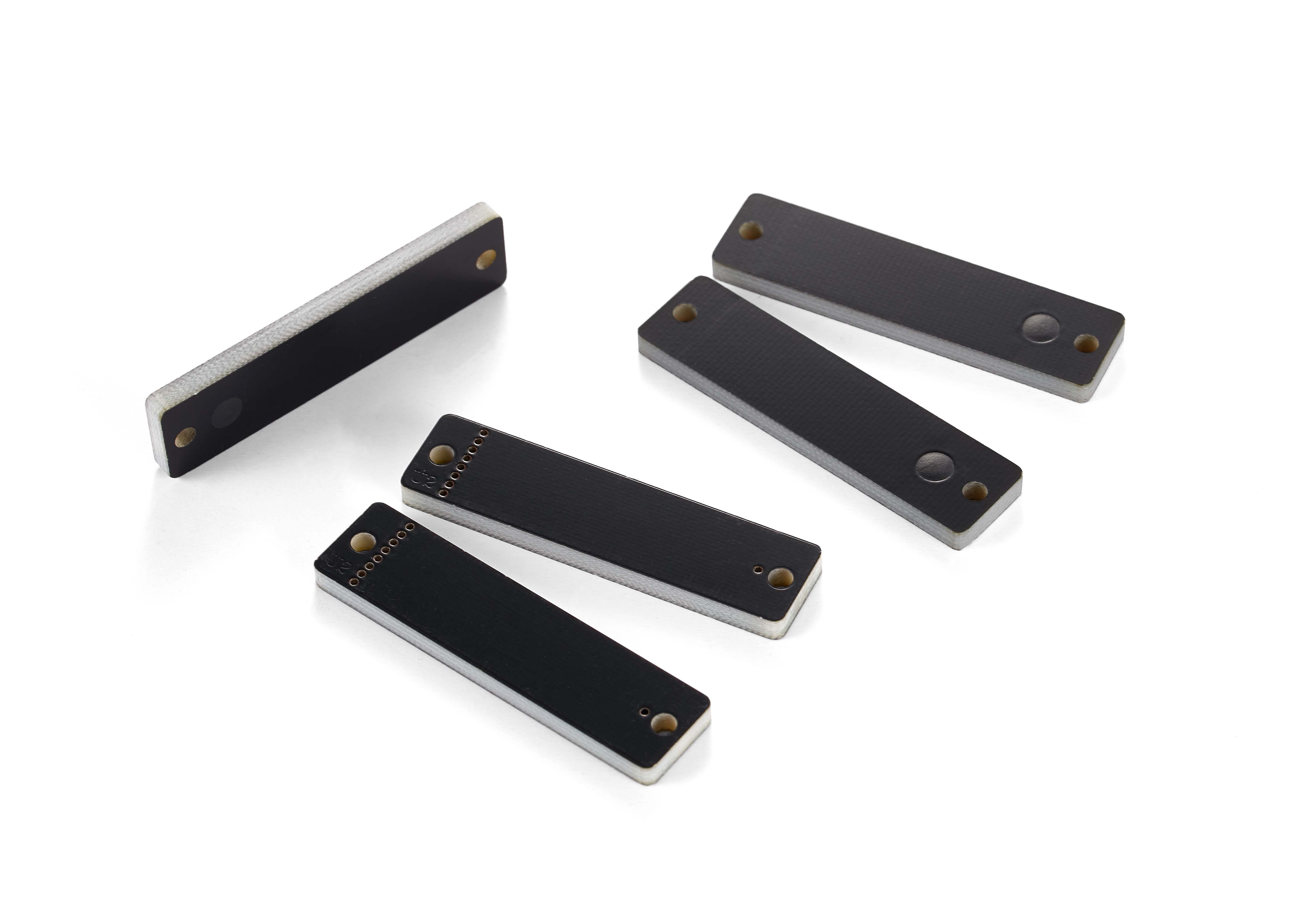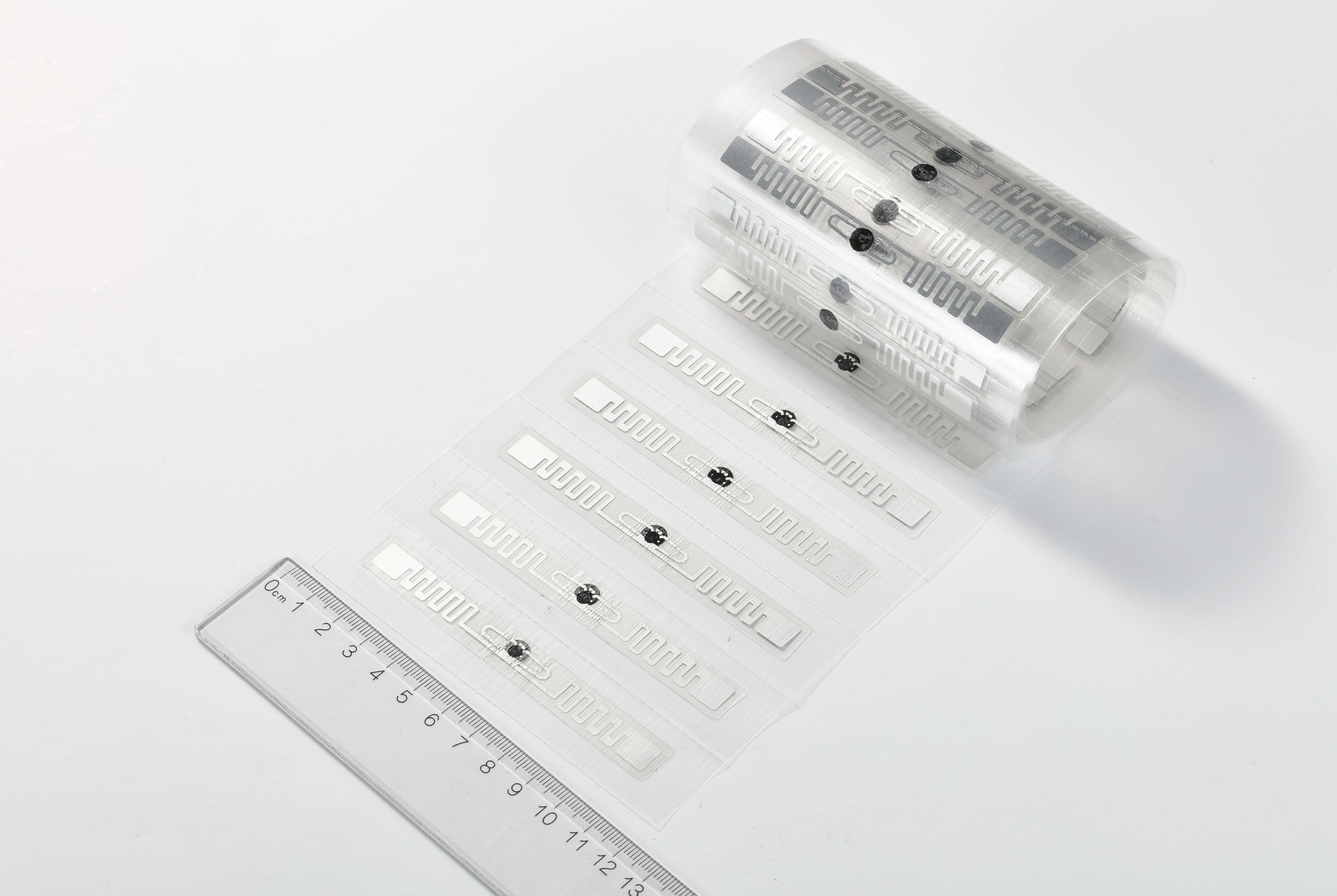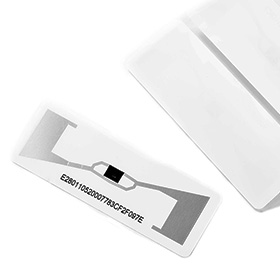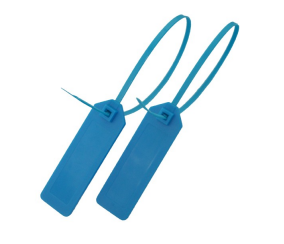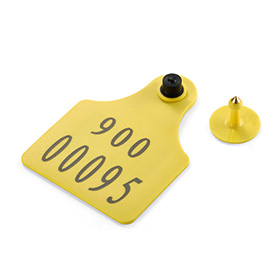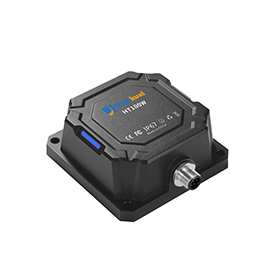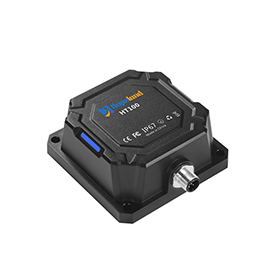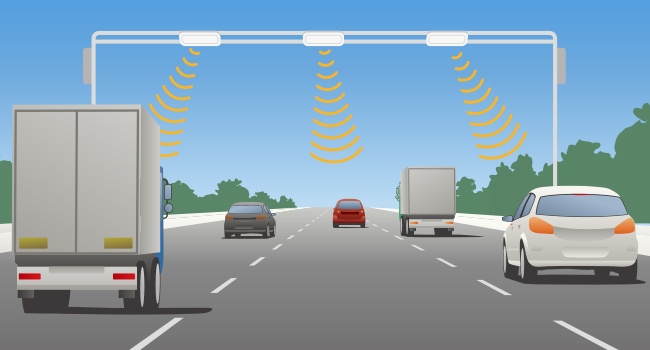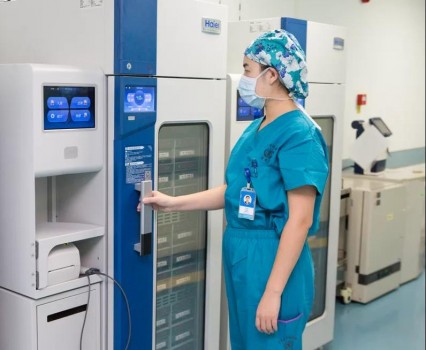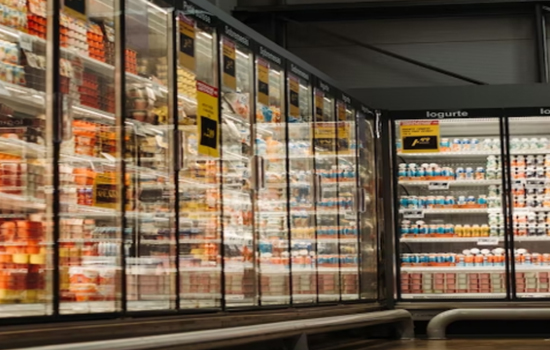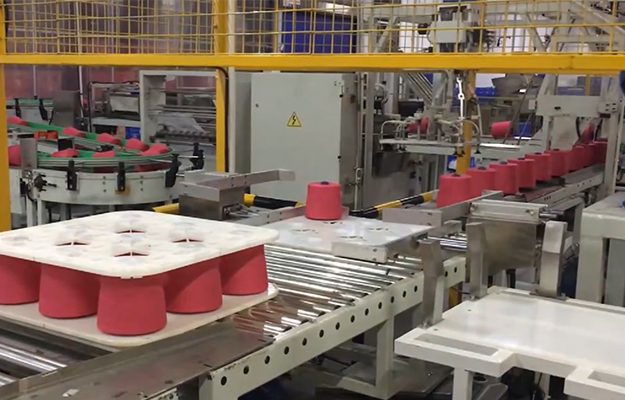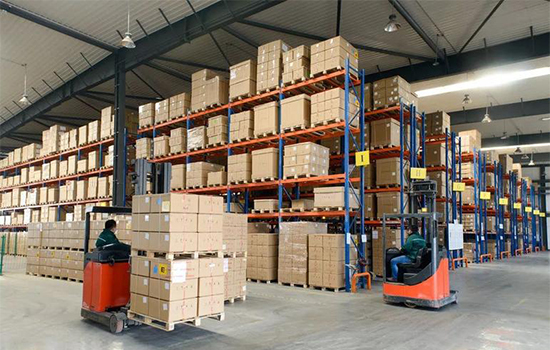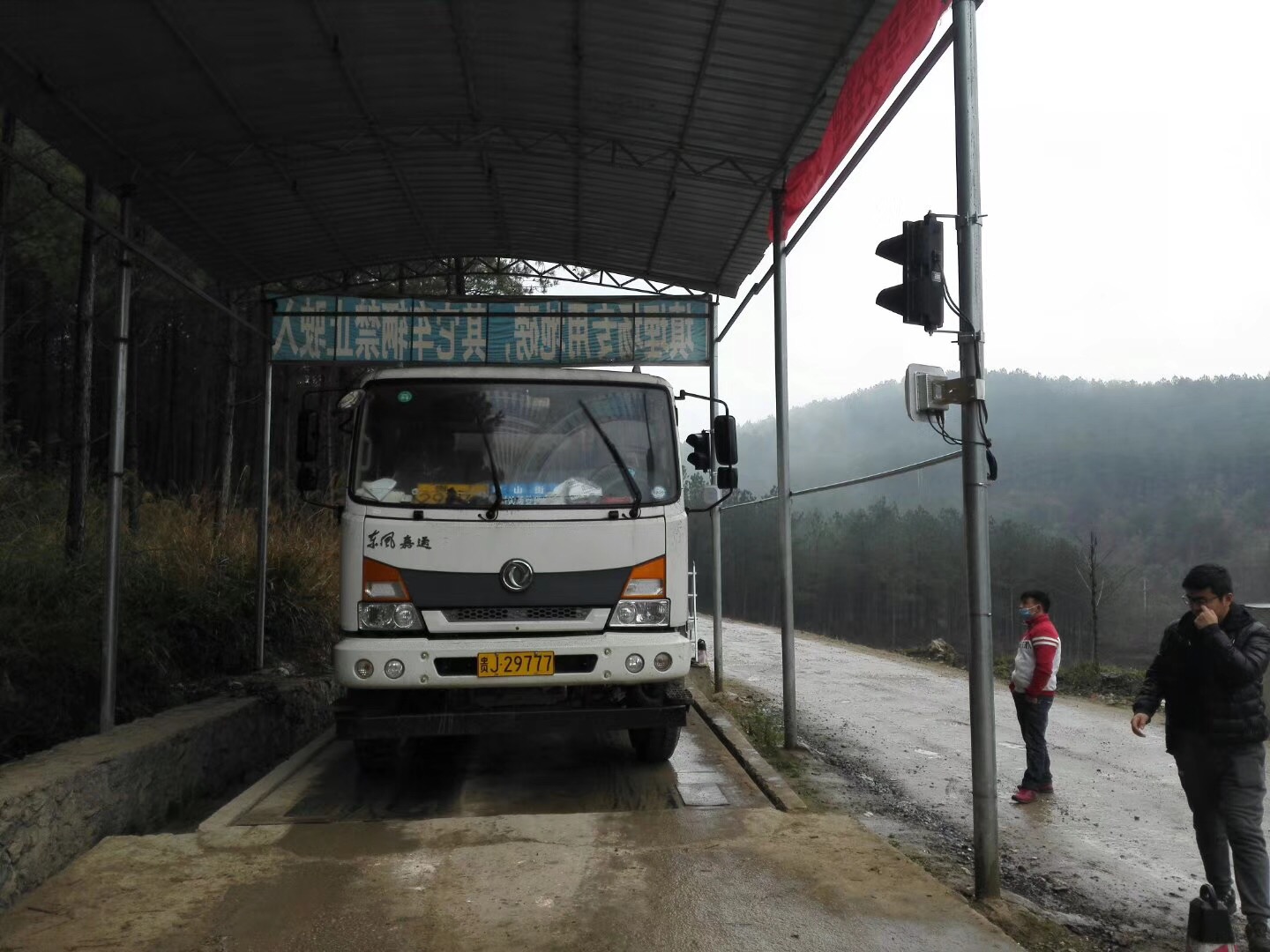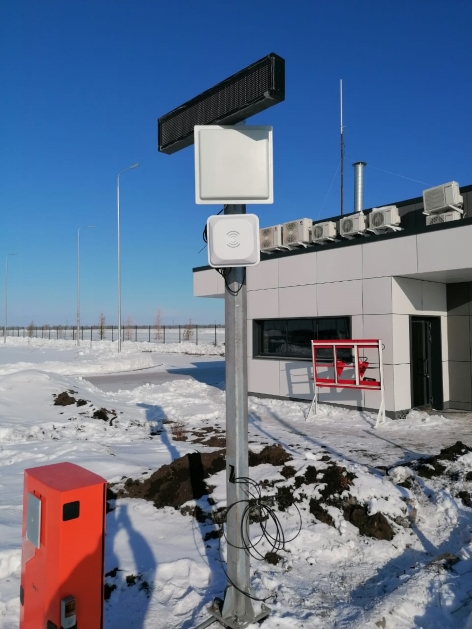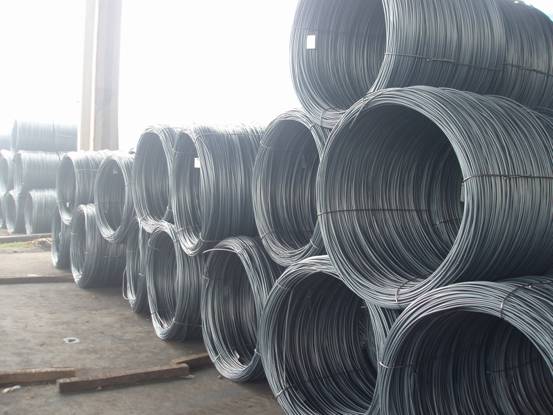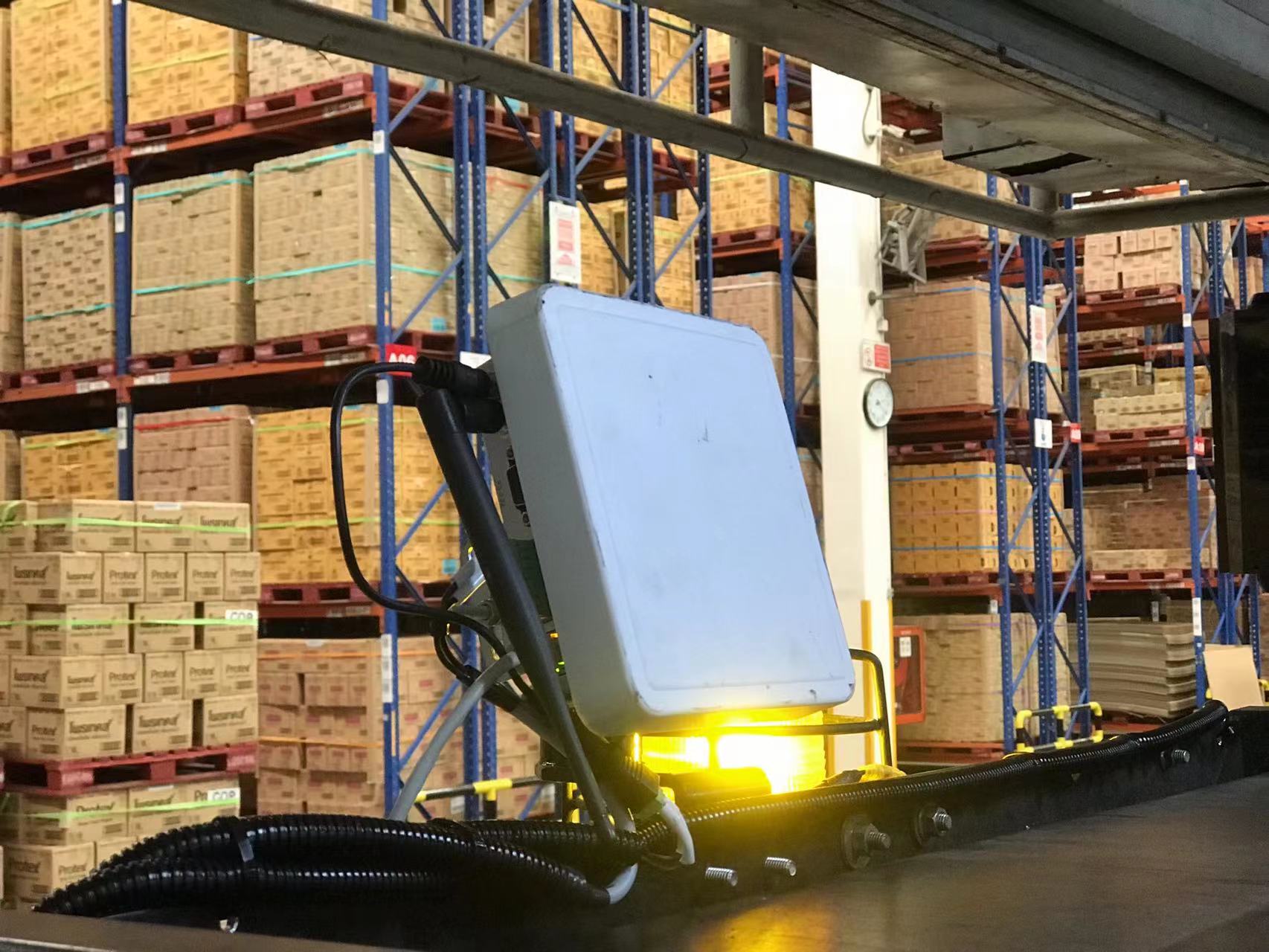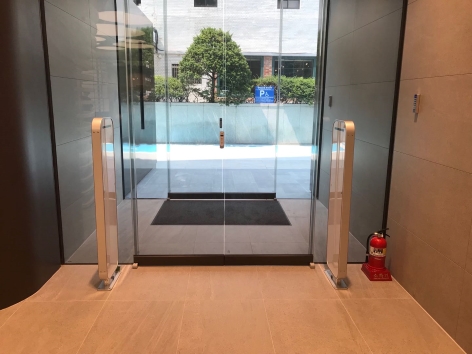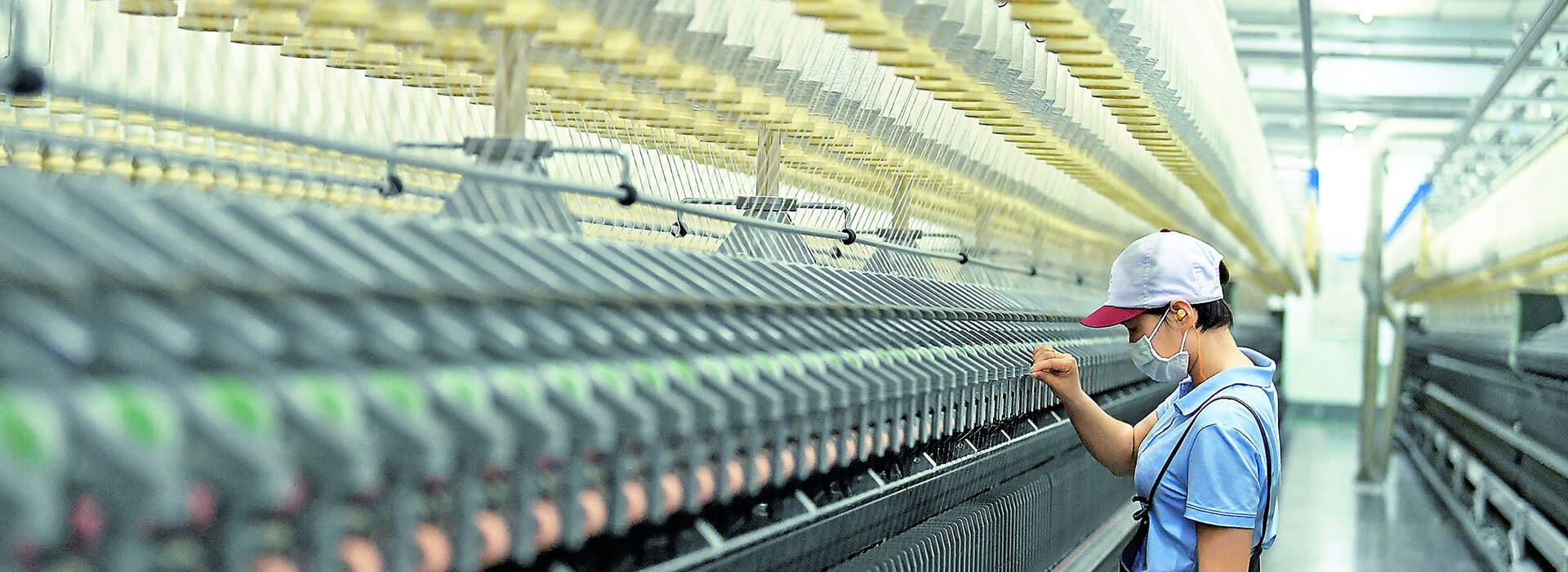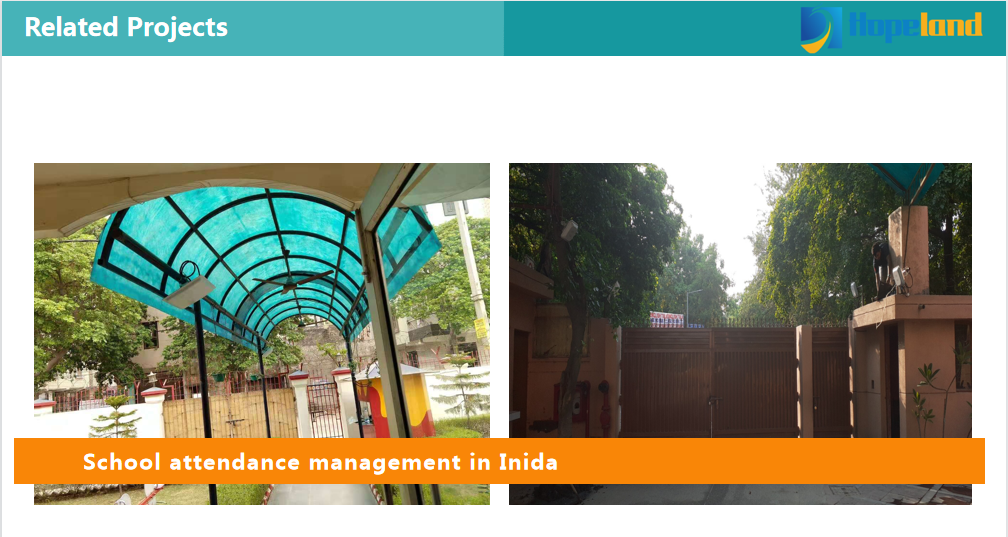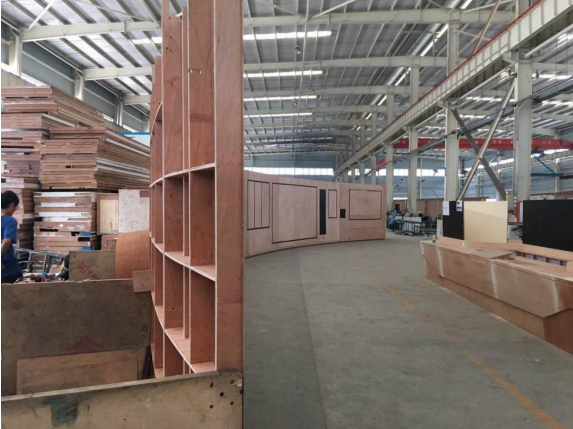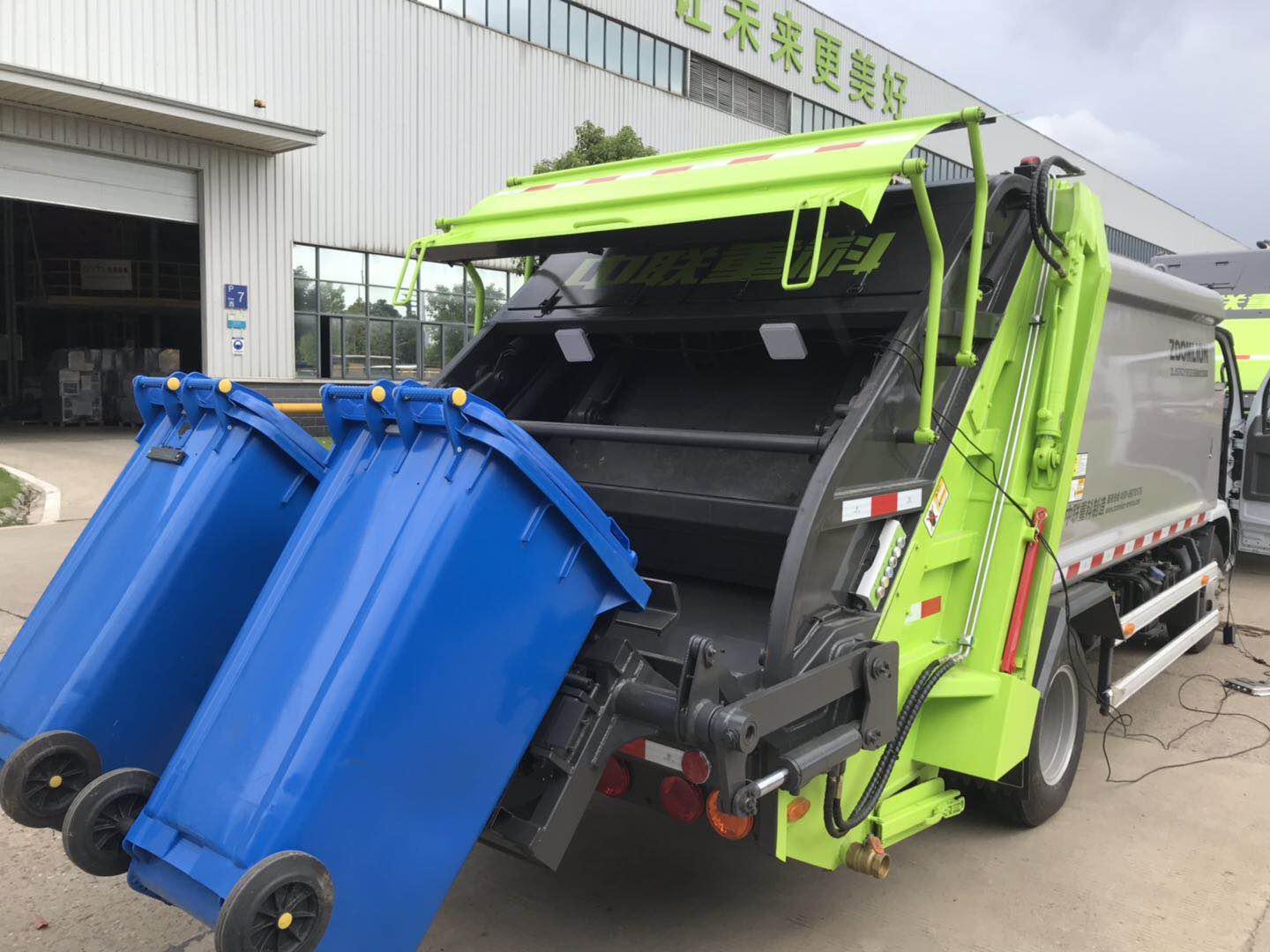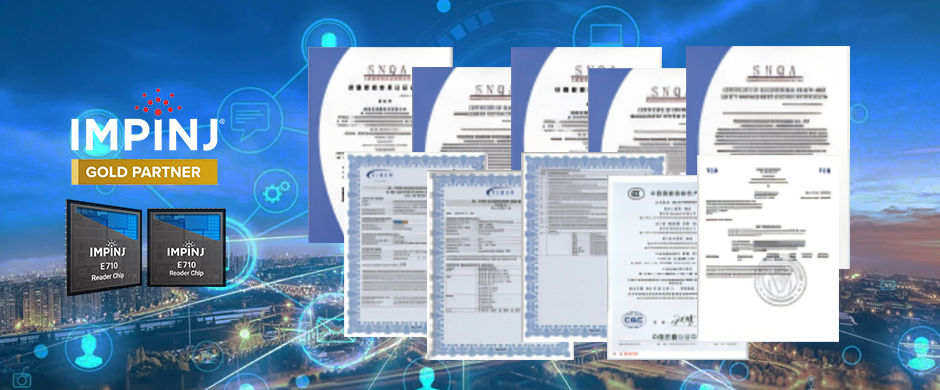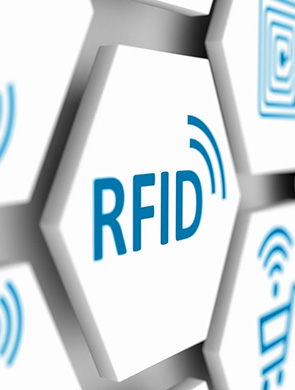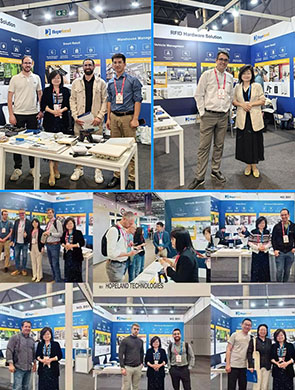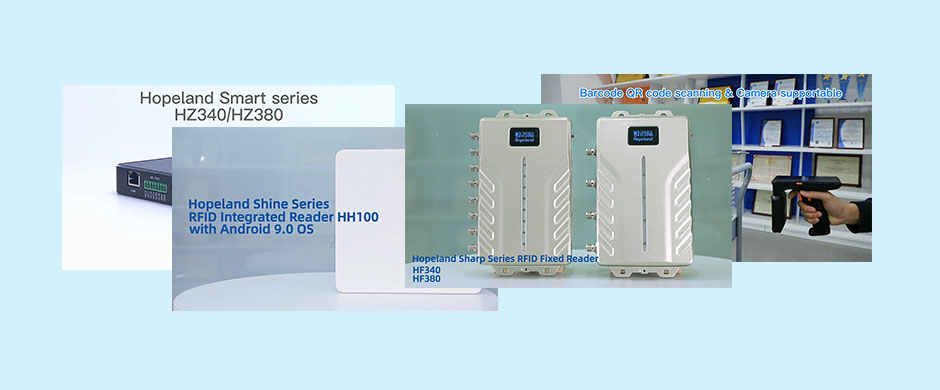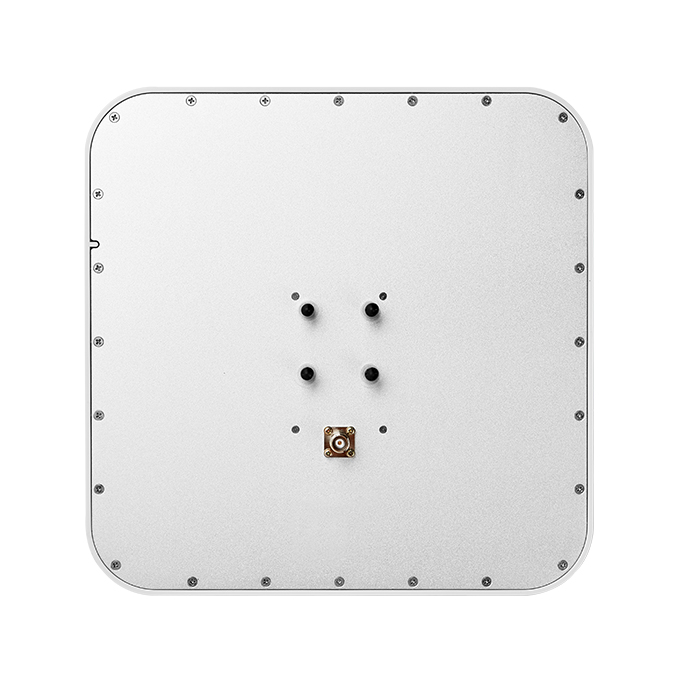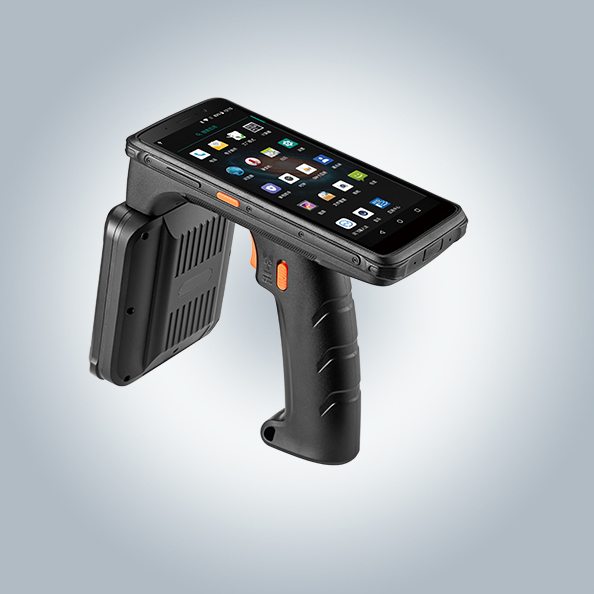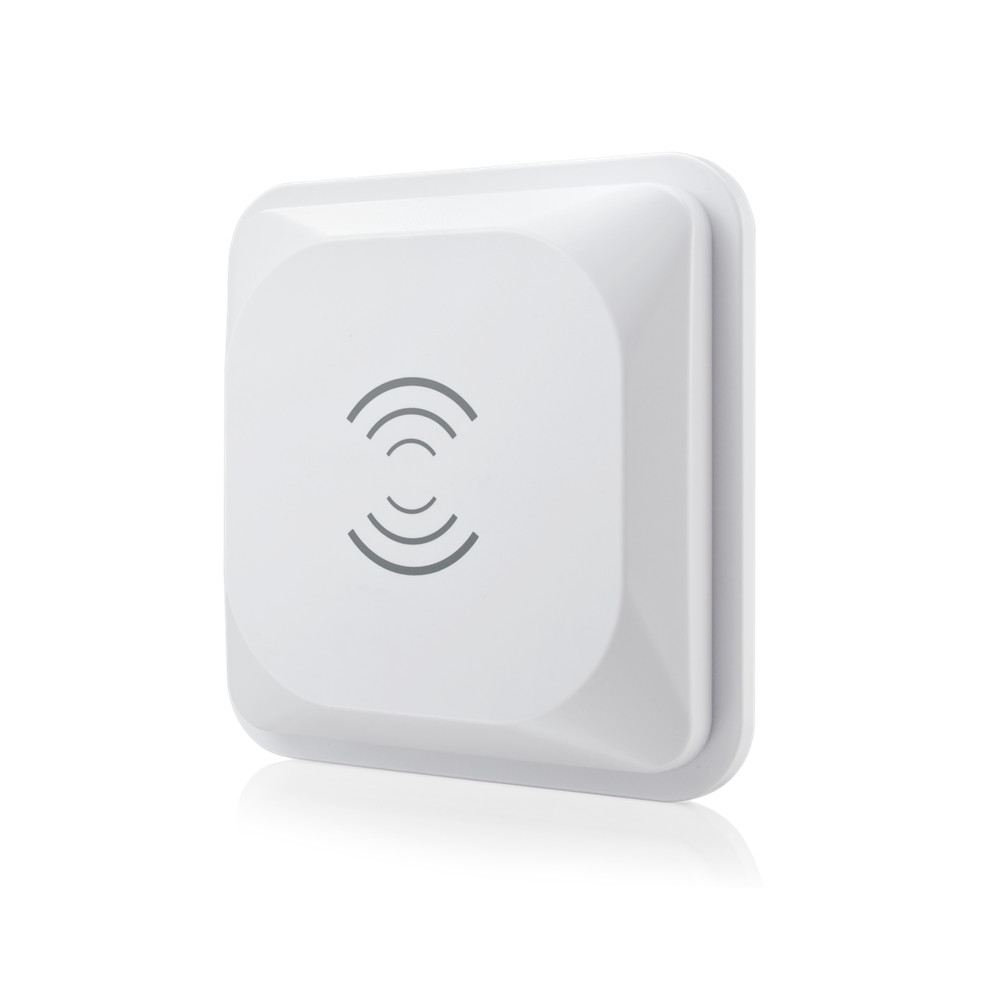
CL7205A 9dBi Circular Polarization UHF RFID Antenn
Features
-
 Polarization: circular polarization
Polarization: circular polarization -
 High gain:9dbi
High gain:9dbi -
 Typical VSWR:≤1.5:1
Typical VSWR:≤1.5:1 -
 IP rate:IP65
IP rate:IP65
Highlights
Low profile with high gain,reading distance range up to 15m.
Maximum efficiency and performance across the entire frequency band.
Seamlessly compatible with different brand RFID readers.
Widely used in parking, warehouse, forklift, production line, container yard, luggage, carousel, file cabinet, smart shelf, etc.
Specifications
-
Physical Specifications
Weight: 1.6kg Size: 290mm×290mm×55mm Material: ABS+ Aluminum Connector type / position: TNC female on the back Sealing: IP65 Operating Temperature: -30℃~+ 75℃ Storage Temperature: -40℃~+ 85℃ -
Electrical Specifications
Frequency Range: 860MHz~940MHz Typical VSWR: ≤1.3:1 Far-Field Gain: > 9dBi H Beamwidth: 70° E Beamwidth: 70° Polarization: Circular Front to back ratio: 20db Nominal Impedance: 50 Ω
Applications
Intelligent Transportation
Highway RFID Tolling
With the in-depth development of the world economy, the transportation infrastructure has been greatly improved. However, the traffic capacity of the road network is increasingly unable to meet the needs of traffic growth, and traffic congestion is becoming more and more serious, especially at high-speed toll stations. How to realize the effective command, coordinated control and management of various vehicles has become an important issue for traffic safety management department in different countries and regions.
RFID technology (radio frequency identification technology), as a revolutionary solution to security and management, can effectively solve the traffic issues. Hopeland provides a variety of RFID products, including UHF RFID readers, RFID Antennas, RFID vehicle tags, to promote the management of highway toll collections.
RFID technology (radio frequency identification technology), as a revolutionary solution to security and management, can effectively solve the traffic issues. Hopeland provides a variety of RFID products, including UHF RFID readers, RFID Antennas, RFID vehicle tags, to promote the management of highway toll collections.
View Details
Intelligent Transportation
RFID Parking Access
Currently the vehicle management of parking yard mainly depends on manual recording, through manual transcribing the identification number at the front of the vehicle sequence number (the car in front of the bar code) registration identification.
Registered vehicles cannot be ensured in the field, although for different zoning, established the identity of cardboard. When we want to find out a specific vehicle, the process will be much time-consuming and cumbersome. Sometimes, some cars are not observed, the presence of area stopped for a long time and has not been sold. The stock situation cannot be timely to be controlled. For this situation, we need to implement automatic vehicle access registration, to achieve partition statistics, sales statistics, long stay and early-warning capabilities, making it imperative. Therefore, we need a new system to replace the existing system, which using more scientific and reasonable methods to reach vehicle monitoring.
Registered vehicles cannot be ensured in the field, although for different zoning, established the identity of cardboard. When we want to find out a specific vehicle, the process will be much time-consuming and cumbersome. Sometimes, some cars are not observed, the presence of area stopped for a long time and has not been sold. The stock situation cannot be timely to be controlled. For this situation, we need to implement automatic vehicle access registration, to achieve partition statistics, sales statistics, long stay and early-warning capabilities, making it imperative. Therefore, we need a new system to replace the existing system, which using more scientific and reasonable methods to reach vehicle monitoring.
View Details
Industry 4.0
Textile Production
At present, bar code scanners are used to scan the labels outside the box one by one in the weaving and weaving yarn bins and winding in and out warehouses. The average daily scanning time is more than 28 hours and the workload is large, which wastes a lot of manpower and is not efficient.
The modern warehouse management system based on RFID technology can automatically complete the scanning of multiple labels at one time, save time and manpower, effectively achieve the accuracy of inventory, detect idle weft yarns in time, and improve the efficiency of management weft allocation. Cooperate with automatic assembly line, AGV, manipulator and other equipment, use RFID technology to intelligently perceive equipment and materials, realize production automation, real-time and visualize warehouse management, and use special mobile terminals to achieve fast and accurate inventory. The successful implementation of the project will provide strong support for the information process of the subsequent automated allocation warehouse.
The modern warehouse management system based on RFID technology can automatically complete the scanning of multiple labels at one time, save time and manpower, effectively achieve the accuracy of inventory, detect idle weft yarns in time, and improve the efficiency of management weft allocation. Cooperate with automatic assembly line, AGV, manipulator and other equipment, use RFID technology to intelligently perceive equipment and materials, realize production automation, real-time and visualize warehouse management, and use special mobile terminals to achieve fast and accurate inventory. The successful implementation of the project will provide strong support for the information process of the subsequent automated allocation warehouse.
View Details
Intelligent Transportation
Tool Management Solutions
Traditional tool management methods generally rely on non-automated, paper-based systems to record, track and manage; a few use barcodes to identify and manage assets; but the efficiency is extremely low, with the increase in the number of assets, extremely The earth has increased the burden of management personnel, a serious waste of human resources, and also increased the difficulty of tool management, often resulting in untimely data and high error rates. Often the inventory management is chaotic, and the inbound and outbound data is wrong. If it is left to exist on a large scale for a long time, it will bring great cost problems to the enterprise.
In terms of tool management application technology, traditional automatic identification technologies such as one-dimensional bar code/two-dimensional bar code have also been widely used in the management of item classification and labeling. However, the barcode technology itself relies on the visible light scanning reflection, the recognition rate is low, the barcode is easily damaged and stained, and the amount of stored information is small. Generally, it only identifies a certain type of product, which affects its wide application in logistics management.
Compared with barcode technology, RFID radio frequency identification technology is a typical representative of non-contact long-distance automatic identification technology. RFID technology has high recognition accuracy, reliable performance, large amount of stored information, and oil and sewage resistance, especially suitable for automatic identification requirements in harsh working environments. The use of RFID tags to replace barcodes and other identified goods can effectively complete the automatic management of assets, and realize the automatic collection, automatic processing and report output of asset information.
In terms of tool management application technology, traditional automatic identification technologies such as one-dimensional bar code/two-dimensional bar code have also been widely used in the management of item classification and labeling. However, the barcode technology itself relies on the visible light scanning reflection, the recognition rate is low, the barcode is easily damaged and stained, and the amount of stored information is small. Generally, it only identifies a certain type of product, which affects its wide application in logistics management.
Compared with barcode technology, RFID radio frequency identification technology is a typical representative of non-contact long-distance automatic identification technology. RFID technology has high recognition accuracy, reliable performance, large amount of stored information, and oil and sewage resistance, especially suitable for automatic identification requirements in harsh working environments. The use of RFID tags to replace barcodes and other identified goods can effectively complete the automatic management of assets, and realize the automatic collection, automatic processing and report output of asset information.
View Details
Send A Message
Related Products
-
HZ100Long reading Integrated RFID ReaderHigh performance Integrated UHF RFID reader HZ100, updated from
CL7206B5A, supporting ISO18000-6C protocol, long range RFID reading,
fast identification, excellent multi-tag reading, strong anti-collision,
automatic reading, white list functions.
Widely used fixed asset management, logistic, warehouse inventory, products
tracking transshipment , e parking system vehicle management, production automation etc.Details -
HH340IoT Fixed Android RFID ReaderHopeland HH340 is a 4-port Android-based fixed RFID reader integrated with Impinj R2000/E710 RFID chip. This long range UHF RFID reader supports RJ45, RS485, Wiegand, USB, Bluetooth, WIFI, 4G, etc. as well as supports MQTT to provide real-time and reliable messaging services. It also supports sending data directly to the database.Details
-
A08208dBi PCB UHF antennaA0820 is a high-performance UHF RFID antenna with wide-band (840-960MHz) design, high gain, low VSWR and linear polarization characteristics, light weight, good applicability, and easy installation.Details
-
HL7205G9dBi Long Range UHF RFID AntennaIt has the characteristics of thin thickness, low standing wave and good circular polarization. This antenna is a general-purpose antenna, suitable for use in medium-distance indoor environments.Details

